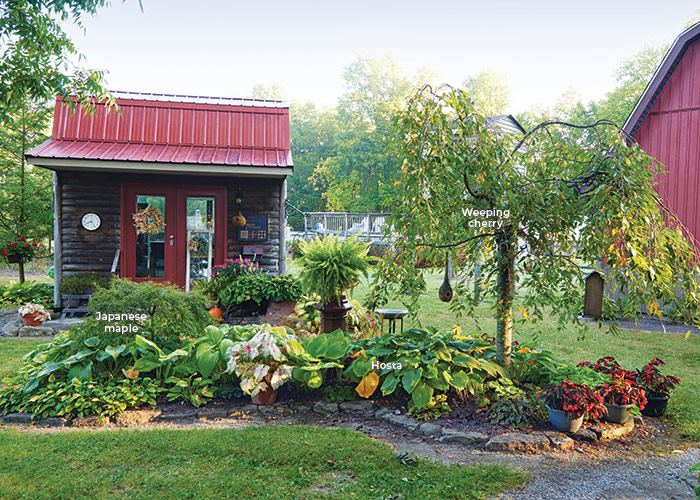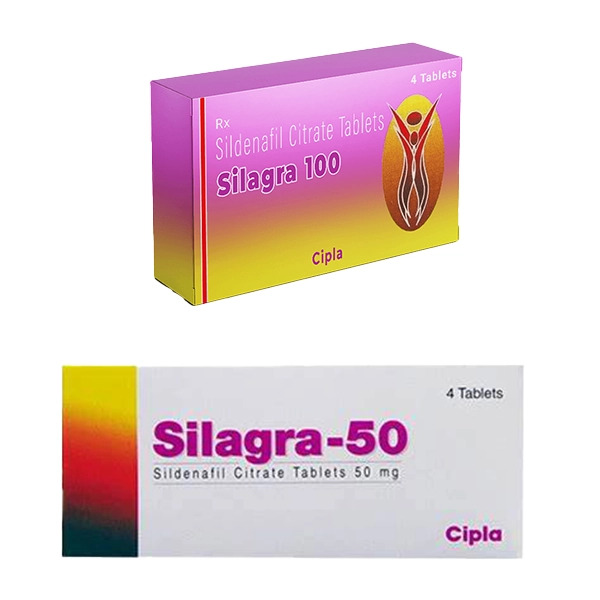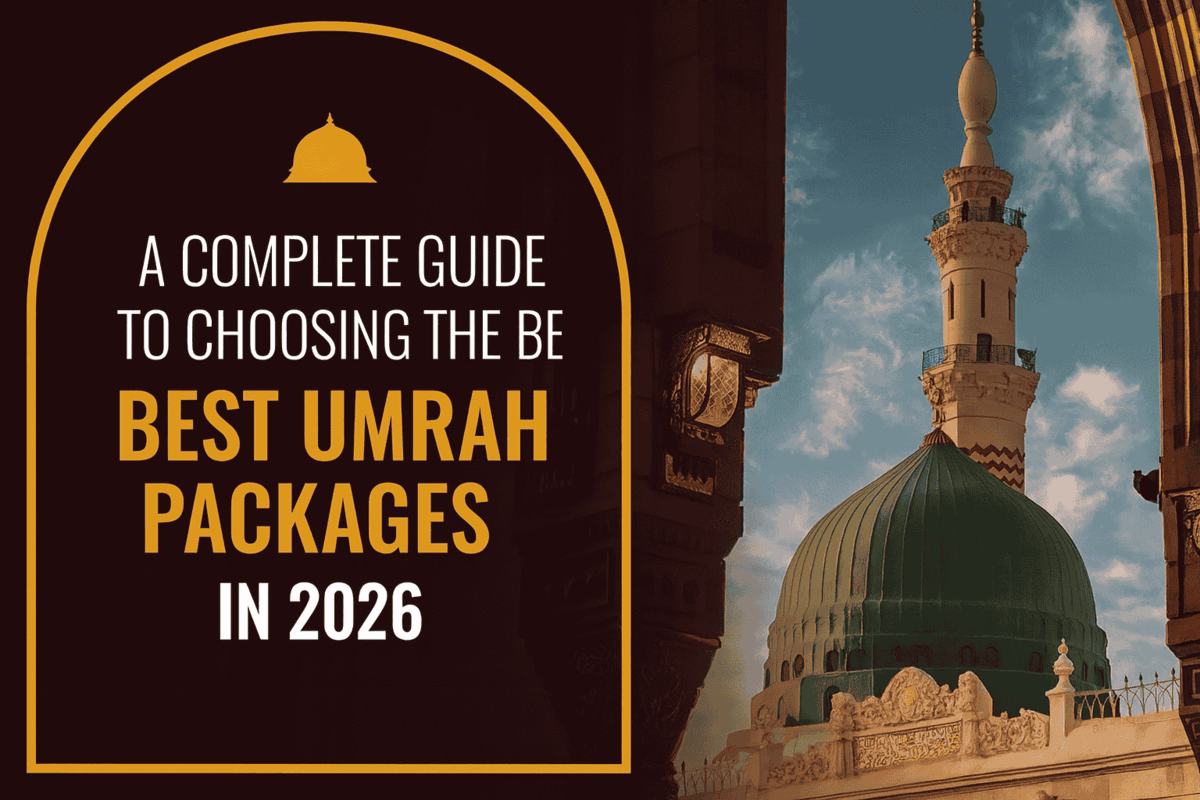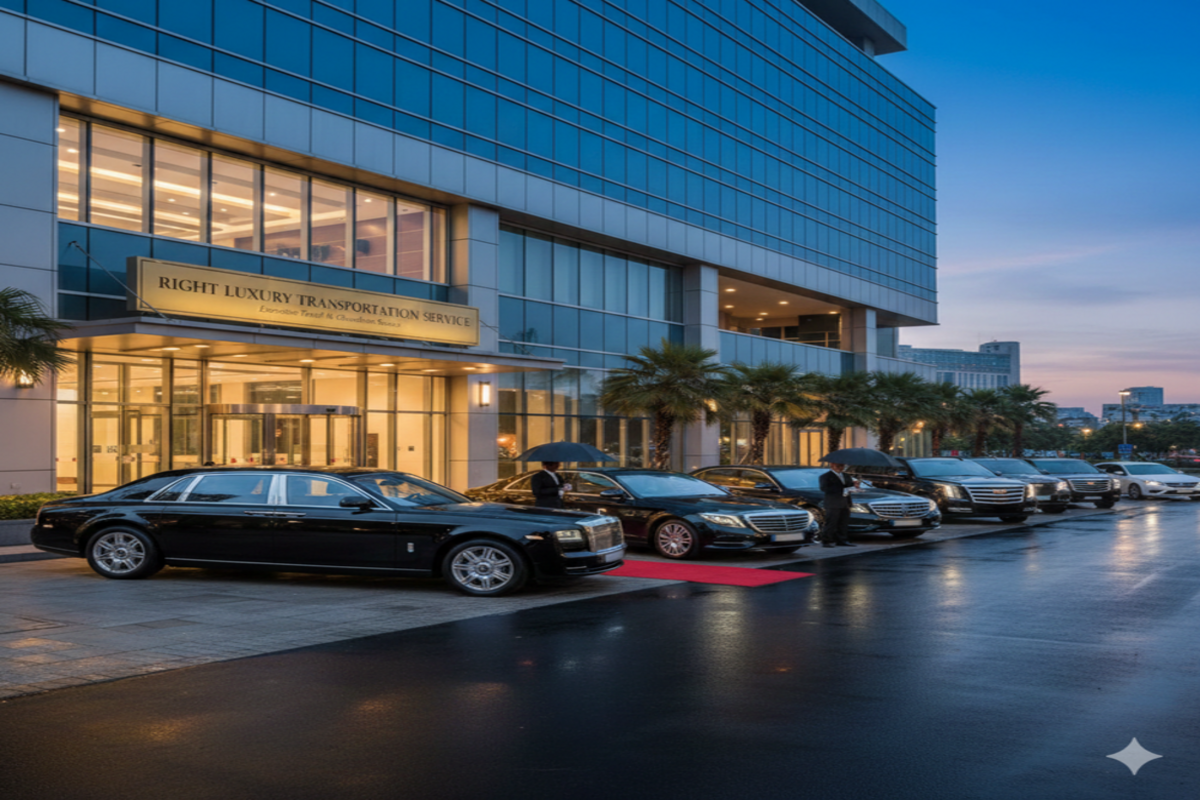
What Are the Best Brochure Types for Corporate Marketing?
- digi louis
- Lifestyle
- 2025-07-19 20:09:09
- 774K
In the age of digital communication, printed brochures remain a powerful and tangible marketing tool for corporate businesses. They not only present your brand's message in a visually compelling way but also provide potential clients or partners with a physical takeaway—one that can leave a lasting impression far beyond the first meeting.
However, not all brochures are created equal. The effectiveness of a corporate brochure depends largely on its design, format, and how well it aligns with the brand’s communication goals. Choosing the right type of brochure can significantly improve engagement and increase conversion rates. In this blog, we’ll explore the best brochure types for corporate marketing and the strategic benefits they offer.
1. Bi-Fold Brochures: Simplicity Meets Elegance
A bi-fold brochure printing is one of the most common and effective formats used in the corporate world. It consists of a single sheet folded in half to create four panels—front cover, back cover, and two internal panels.
Best for:
- Company profiles
- Product or service overviews
- Corporate introductions at trade shows or events
Advantages:
- Clean and easy-to-read layout
- Professional appearance
- Cost-effective to print in large quantities
Bi-folds provide just enough space to give key information without overwhelming the reader. They are ideal for face-to-face marketing, where a polished presentation is essential.
2. Tri-Fold Brochures: Versatile and Informative
A tri-fold brochure is divided into three vertical panels, making it a favorite among marketers for its compact size and effective content segmentation. Each panel can serve a specific purpose—introduction, explanation, and call-to-action.
Best for:
- Service menus
- Event promotions
- Informational handouts
Advantages:
- Logical flow of information
- Fits easily into envelopes or presentation folders
- Allows for creative storytelling through visuals and sections
Tri-folds give businesses the flexibility to guide the reader through a curated brand journey, making them perfect for first impressions.
3. Z-Fold Brochures: Unique and Engaging
The Z-fold brochure opens in a zigzag pattern, revealing three panels on each side. It stands out due to its unfolding style and visual dynamics.
Best for:
- Product showcases
- Step-by-step service guides
- Event itineraries
Advantages:
- Engages the reader with interactive unfolding
- Panels are equal in size, making design straightforward
- Excellent for presentations where visual flow matters
Z-fold brochures offer a modern alternative to the tri-fold, giving your content a refreshing format without compromising space.
4. Gate-Fold Brochures: Premium and Impactful
Gate-fold brochures open like a pair of doors, revealing a central panel that typically features the most important information or design.
Best for:
- High-end product launches
- Corporate invitations
- Executive summaries or presentations
Advantages:
- Creates a dramatic opening effect
- Perfect for large visuals or data-heavy layouts
- Exudes a sense of exclusivity and quality
Because of their elegant layout, gate-folds are often used by luxury brands or enterprises seeking to make a bold statement.
5. Accordion-Fold Brochures: Extended Storytelling
An accordion fold consists of multiple panels folded back and forth, much like a fan. This format is ideal for brands that need to include more content without resorting to a booklet format.
Best for:
- Company timelines
- Product comparisons
- Educational brochures
Advantages:
- Multiple panels allow in-depth information
- Easy to expand and display during meetings
- Each section can be viewed independently or as part of a flow
This type is effective when your message benefits from being told in stages or chapters.
6. Booklet-Style Brochures: Comprehensive and Professional
For corporations that require detailed information, a booklet-style brochure—stapled or bound like a mini catalog—is the best fit. It supports multi-page layouts and high-resolution graphics.
Best for:
- Annual reports
- Product catalogs
- Training manuals or onboarding guides
Advantages:
- High content capacity
- Durable and long-lasting
- Allows for organized, sectioned storytelling
While more expensive to produce, booklet brochures offer long-term value and are often kept for reference.
7. Die-Cut Brochures: Creative and Memorable
Die-cut brochures are shaped differently from the standard rectangle. They can follow a specific pattern—such as a product outline or corporate symbol—and are highly effective in capturing attention.
Best for:
- Brand launches
- Event giveaways
- Creative industries
Advantages:
- Stand out in a stack of papers
- Reinforce brand identity through shape
- Increase tactile interaction and memorability
These brochures may cost more, but the return in brand recall can be substantial—especially in competitive markets.
Making the Right Choice
When selecting a brochure type, corporate marketers should consider the following:
- Audience: Who will be reading it? Executives, clients, partners, or internal employees?
- Objective: Is it for lead generation, brand awareness, or onboarding?
- Distribution Method: Will it be handed out at events, mailed, or included in packaging?
- Budget and Print Volume: More elaborate designs and folds often cost more per unit.
Quality brochure printing can be a game-changer when done with attention to detail. Many companies investing in brochure printing in Dubai are finding that a well-structured, visually appealing brochure can outperform digital ads in building credibility and trust.
Whether you're attending a trade show, launching a product, or simply looking to educate clients, brochures continue to be one of the most effective and versatile formats for corporate marketing.
With the right type, design, and print finish, your brochure can serve as a lasting ambassador of your brand.
Leave a Reply
Please login to post a comment.












0 Comments